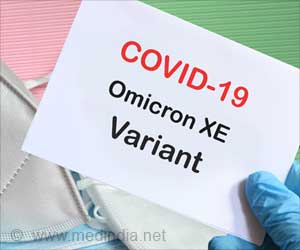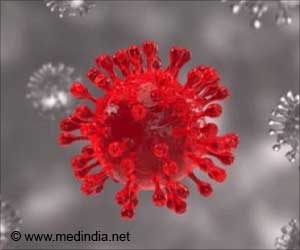With just two teaspoons of sewage, a new algorithm developed by researchers helps determine the genetic mixture of SARS-CoV-2 variants present within a population.

‘Many variants of SARS-CoV-2, including Omicron and Delta, differ by a small number of mutations. But since these changes can impact how the virus spreads or infects people, public health officials must carefully track them.’





Scientists at Scripps Research and University of California, San Diego, detected Alpha, Delta, and Omicron variants days before it was first reported clinically from the city’s wastewater. "In a lot of places, standard clinical surveillance for new variants of concern is not only slow but extremely cost-prohibitive. But with this new tool, you can take one wastewater sample and basically profile the whole city," said Kristian Andersen, Professor of Immunology and Microbiology at Scripps Research.
The team deployed 131 wastewater autosamplers to collect wastewater from 343 buildings on the university campus and 17 public schools across 4 San Diego school districts, and acquired samples from large wastewater treatment facilities in the county.
Over the course of nearly a year, the group analyzed more than 20,000 wastewater samples.
COVID Detection from Wastewater
"It’s challenging to take all these tiny pieces of virus floating around in wastewater and figure out which ones are from different variants and what their relative abundance is," said Joshua Levy, Scripps Research postdoctoral fellow.They have typically done this by sequencing virus genomes from patients, which is a slow and costly process and has become less effective at capturing the extent and diversity of COVID-19 variants as many people turn to at-home testing.
Advertisement
"If you’re in a lab that can already sequence a wastewater sample, you’re good to go -- you just run this code and in another 20 seconds you’re done," he said.
Advertisement
rvt/dpb
Source-IANS









